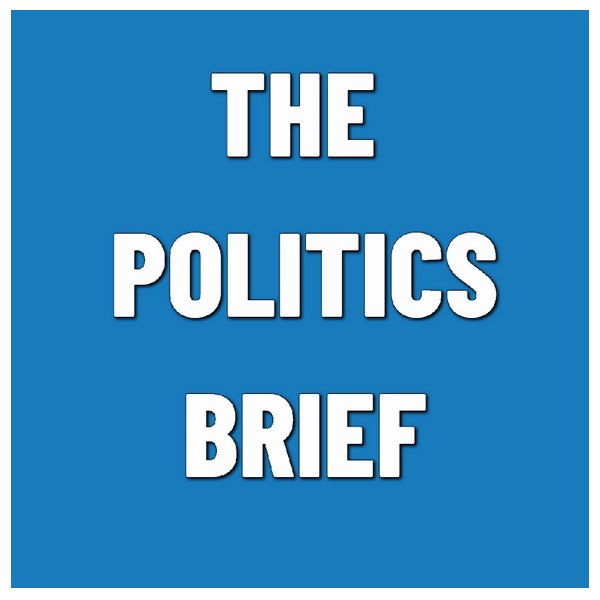According to updated data provided by the Department of Health and Human Services (HHS), approximately 2% of all Americans have received the updated COVID-19 booster injection since it was authorized and recommended by federal health officials a few weeks ago.
A spokesman for the Department of Health and Human Services reported that more than 7 million Americans have received the updated vaccine, which is authorized for those 6 months and older. That constitutes approximately 2% of all Americans.
The distribution of the COVID-19 vaccine, which has migrated to the private market, differs significantly from last year, when the government was responsible for its distribution, according to an HHS spokesperson. In addition, the agency works “directly with manufacturers and distributors to ensure that vaccines are reaching” various locations, the report states.
In addition, 91 percent of Americans aged 12 and older “have access to the vaccine within five miles of their homes,” and 14 million updated COVID-19 vaccinations have been shipped to pharmacies and other locations. The vaccine was authorized by the Food and Drug Administration (FDA) about a month prior to its recommendation by the Centers for Disease Control and Prevention (CDC).
Some individuals have reported that it is difficult to obtain doses of the new vaccines from local pharmacies and physicians.
Dr. Mandy Cohen, director of the CDC, told reporters on October 6 that 4 million individuals had received the new vaccines.
The HHS reported Thursday that the most recent updated vaccination rate is comparable to the initial bivalent booster vaccine in 2022. According to CDC data, demand for the 2022 booster vaccine was similarly modest.
56.5 million individuals, or approximately 17 percent of the U.S. population, received the previous updated shot, according to data.
The updated vaccines were intended to target the COVID-19 XBB.1.5 variant, which was proliferating throughout the United States when companies such as Moderna and Pfizer developed the new formulation.
Observational data for bivalent vaccines or earlier versions revealed a limited initial efficacy that rapidly diminished.
During the briefing, CDC officials made unsupported claims, which has become a trend for the organization. The director of the CDC’s National Center for Immunization and Respiratory Disease, Dr. Demetre Daskalakis, told reporters, “These vaccines will prevent severe COVID-19 disease.” The CDC did not provide credible evidence to support this claim.
The only clinical study data for the new injections comes from a study in which 50 humans were injected with Moderna’s updated formulation. The outcome was an increase in neutralizing antibodies. Officials believe that antibodies provide protection from COVID-19.
Moderna did not provide clinical effectiveness estimates for infection, severe disease, or mortality. Pfizer stated that it was conducting a trial, but has not disclosed the results.
Vaccine from Novavax was later authorized without any new trial data, as CDC officials have recommended it. Novavax, unlike the Moderna and Pfizer vaccines, is protein-based and does not utilize mRNA technology.
Despite the recent drive for the latest vaccines, hospitalizations for COVID-19 have decreased for three consecutive weeks, according to CDC data.
For the period ending September 30, the hospitalization rate is down 6%, emergency department visits are down 14.5%, and COVID-19 cases are down 1.2%, according to the data. Although health officials have previously stated that deaths typically lag behind hospitalizations and case numbers, the mortality rate has increased by 3.8%.
July saw COVID-The number of 19 hospitalizations had increased for multiple consecutive weeks. Historical data from the CDC indicate that mortality rates have been relatively low compared to prior years.
With the publication of September 30th data, however, hospitalizations have decreased for multiple consecutive weeks.
Dr. Shira Doron, the chief infection control officer at Tufts Medicine, told ABC News that the recent “upswing is not a surge; it’s not even a wave.” The doctor added, “What we’re seeing is a very gradual and small increase in cases and hospitalizations, with no significant increase in deaths, which is excellent news.”
The CDC released a report on October 6 intended to encourage older Americans to receive the most recent vaccines by stating that COVID-19 remains a “public health threat,” particularly for people aged 65 and older. The preponderance of hospitalizations, according to the paper, are occurring among this age group.
In the interim, a small number of hospitals in California, New York state, Massachusetts, and New Jersey have reinstated masking requirements for personnel.
Several municipalities in Northern California have issued a mask requirement for all health care workers beginning next month and lasting until late April 2024. These counties consist of Contra Costa, Sonoma, Alameda, and San Mateo. Earlier this month, officials in the Southern California county of San Luis Obispo also issued a vaccination or respirator requirement.







